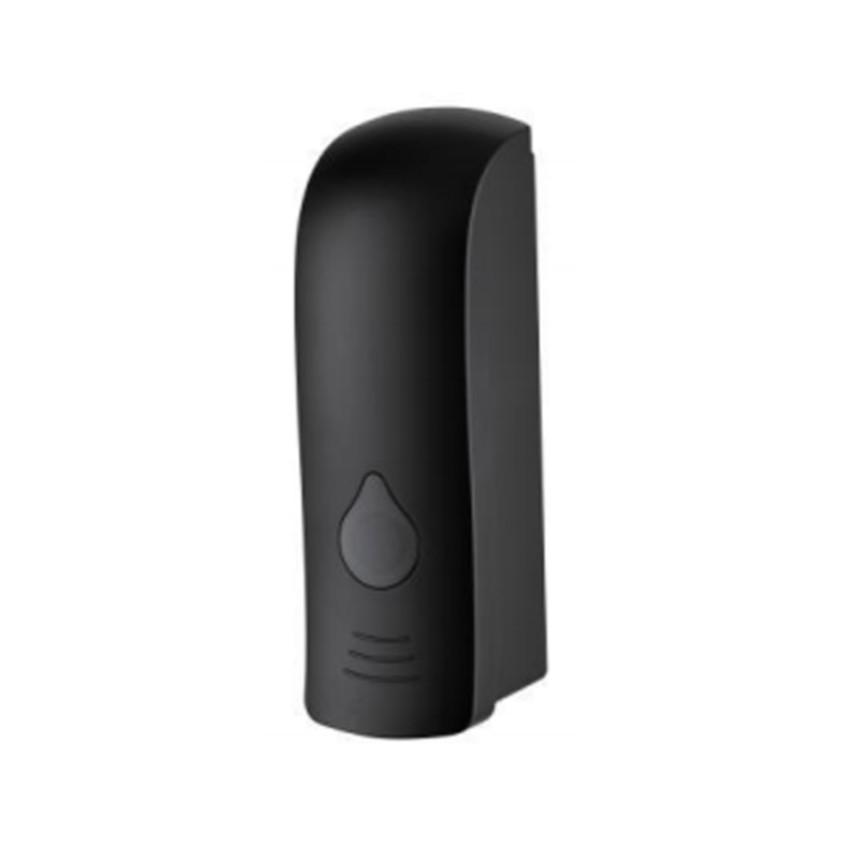The increased emphasis on hygiene in public spaces has led to notable changes in facility design. Among these developments, the small plastic soap dispenser has emerged as a widely adopted solution in public sanitation projects. Its compact structure, affordability, and ease of maintenance make it a practical choice for restrooms in schools, transport hubs, and government buildings. As public health awareness continues to grow, the integration of these dispensers into large-scale sanitation efforts reflects a shift toward functional, space-efficient hygiene tools.

Public washrooms and shower areas often need to accommodate a large number of users daily. Space-saving installations have become essential. The small plastic soap dispenser, due to its lightweight build and simple refilling system, fits well into a variety of layouts without requiring extensive remodeling. Facility managers also appreciate the durability of these units, which typically withstand frequent use and are less prone to corrosion or cracking compared to alternatives made from glass or metal.
Interestingly, this trend has developed in parallel with updates to the overhead shower fitting in communal hygiene settings. Newer models of the overhead shower fitting are being introduced not only in residential apartments but also in shared public shower areas, including gyms and shelters. These fittings are valued for their ability to deliver consistent water flow with straightforward installation. The simplicity of design is an important consideration, especially in facilities that must operate with limited resources and quick installation timelines.
The combination of small plastic soap dispensers and improved overhead shower fitting designs allows for a more cohesive approach to public cleanliness. Both products serve functional roles while requiring small upkeep. In environments where staff must manage cleaning and supply restocking for dozens of units, having equipment that’s easy to clean and refill becomes a considerable benefit. The use of wall-mounted small plastic soap dispensers alongside strategically placed overhead shower fittings contributes to a cleaner and more organized atmosphere.
In transit hubs such as bus stations or airports, public restrooms are expected to remain functional around the clock. To meet these demands, facilities have begun standardizing their components. It is now more common to see a small plastic soap dispenser fixed next to every sink, often accompanied by a simple signage system encouraging handwashing. Overhead shower fitting units, when installed in shower stalls, now come with adjustable flow settings to manage water use and enhance the experience for diverse users.
Another factor contributing to the rise of these installations is the movement toward inclusive public design. For example, small plastic soap dispensers can be installed at varying heights to serve adults, children, and individuals with disabilities. Likewise, modern overhead shower fitting options are being engineered to accommodate easy height adjustments, ensuring that users of different needs can bathe comfortably.
As new buildings are designed and older ones are renovated, engineers and planners increasingly favor components that offer reliability without unnecessary complexity. This is where the small plastic soap dispenser continues to find new opportunities. It does not require specialized maintenance skills and typically has a longer service life than more complex systems. Similarly, overhead shower fitting components are often selected for their compatibility with existing plumbing and their ability to deliver consistent water pressure.
The expanded usage of small plastic soap dispensers in public sanitation projects signals a growing emphasis on practical, sustainable hygiene solutions. When paired with dependable overhead shower fitting installations, these products form a reliable foundation for cleaner and safer public environments. Their joint application is expected to continue as cities and institutions invest in long-term public health infrastructure.
 English
English Español
Español العرب
العرب








